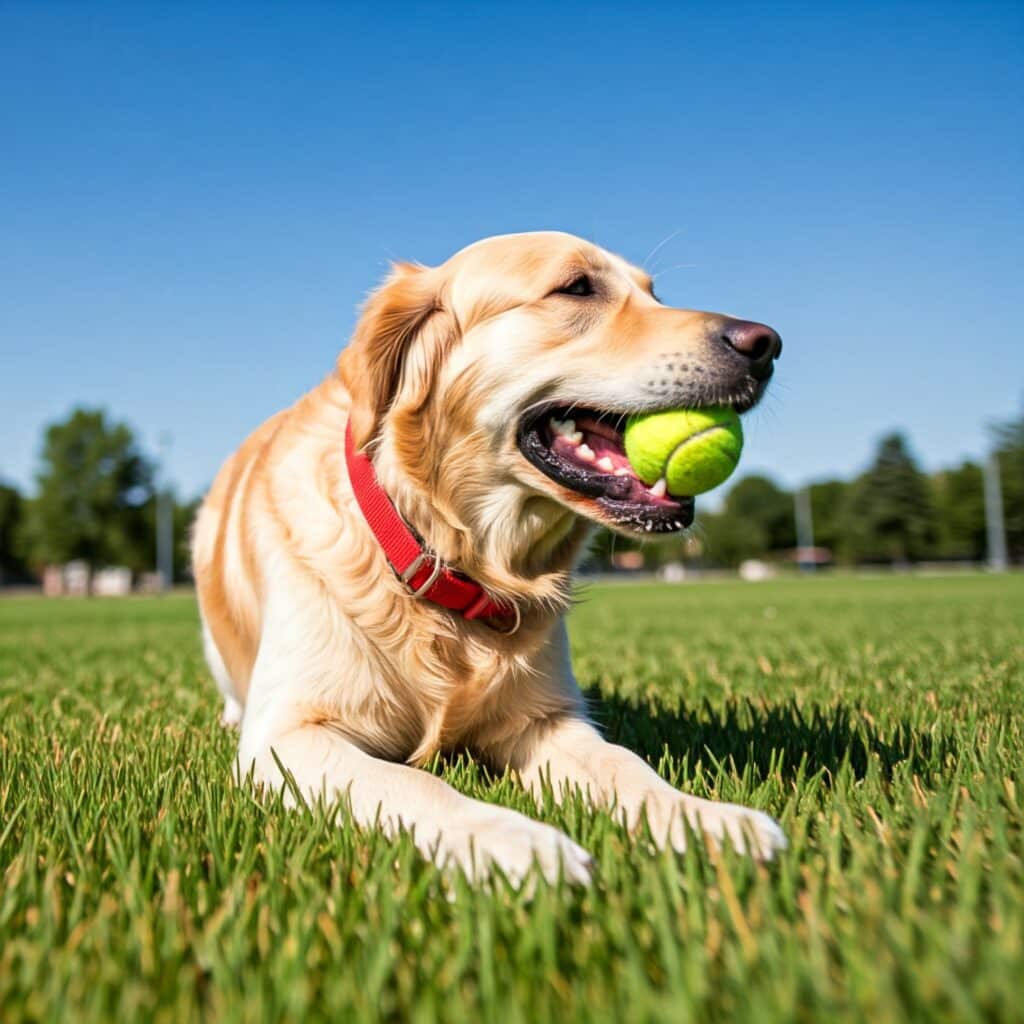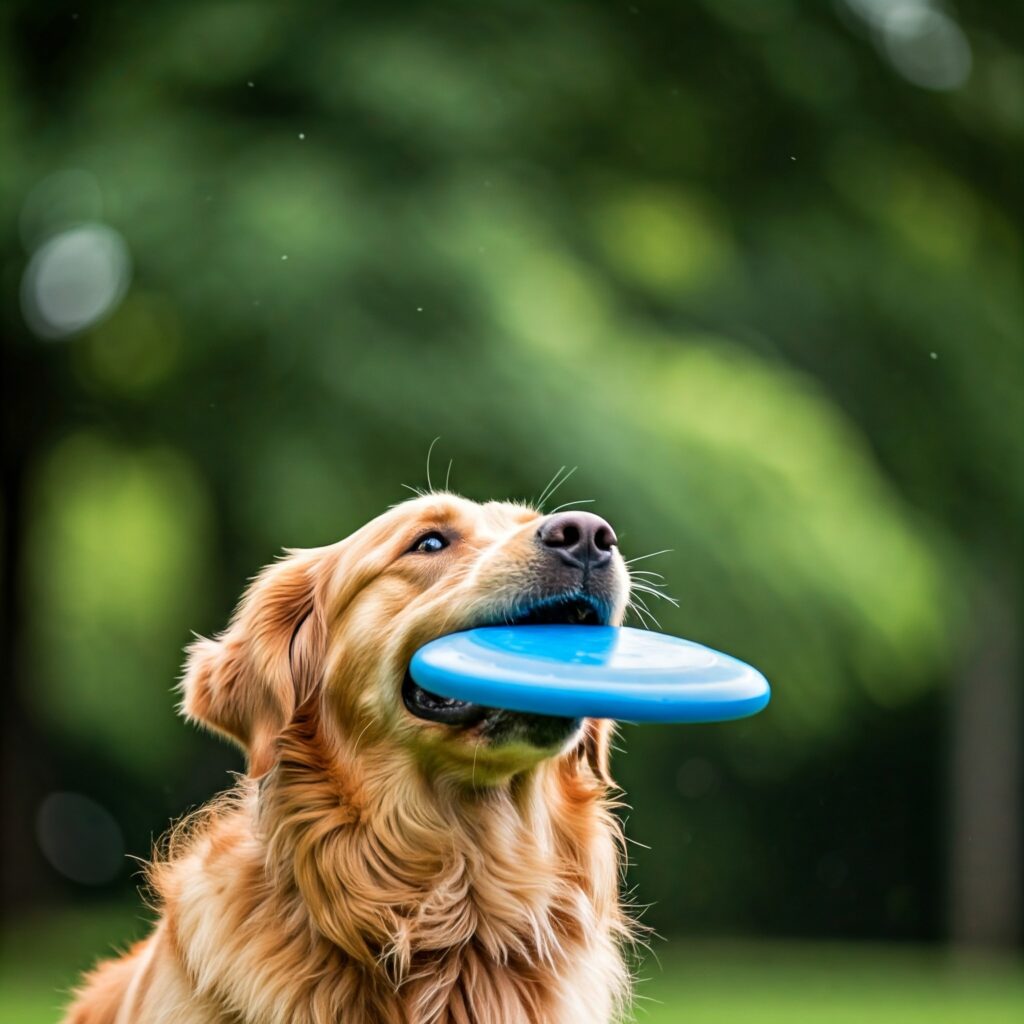Socialization is one of the most important aspects of raising a well-adjusted dog. Properly socialized dogs are generally more confident, less fearful, and more adaptable in various environments and situations. Whether you’re raising a puppy or bringing an adult dog into your home, effective socialization helps prevent behavioral problems and builds a strong bond between you and your pet.
In this blog post, we’ll explore why socialization is crucial, the best methods to socialize your dog, and tips for addressing common challenges along the way. Whether your dog is naturally outgoing or a bit more reserved, the principles of socialization can help your dog thrive in the world around them.
What Is Dog Socialization?
Dog socialization is the process of exposing your dog to a wide variety of people, animals, environments, sounds, and experiences. The goal is to help your dog learn how to interact appropriately with the world around them and to develop positive, confident responses to new experiences.
Good socialization helps prevent anxiety, fear, and aggression. It encourages calmness and politeness in public settings and teaches your dog how to react appropriately to situations such as meeting new people, encountering other dogs, or being in crowded places.
The best time to socialize your dog is during their early development phase, typically between 3 and 14 weeks of age. However, older puppies and even adult dogs can benefit from socialization, though it may require more patience and gradual exposure.
Why Is Socialization Important?
Proper socialization helps prevent behavioral issues and supports your dog’s emotional and mental well-being. Here are some of the key reasons why socializing your dog is so important:
- Prevents Fear and Anxiety: Dogs that aren’t properly socialized can develop fear of unfamiliar people, animals, or situations. This fear can lead to anxiety and potentially aggressive behavior when they feel threatened.
- Improves Behavior: A well-socialized dog is generally easier to train, better behaved in public, and more relaxed in various environments. Socialization helps your dog become accustomed to a variety of stimuli, making them less likely to react negatively to surprises or changes.
- Reduces Aggression: Socialization reduces the likelihood of aggression toward other animals or humans. Dogs that haven’t been properly socialized may become fearful or territorial, leading to snapping, growling, or even biting.
- Boosts Confidence: A confident dog is more adaptable to new experiences and environments. Positive socialization helps dogs build confidence and learn how to handle new situations without feeling stressed.
- Enhances the Bond Between You and Your Dog: Socializing your dog often involves spending quality time together, helping to strengthen your bond and communication.
When Should You Start Socializing Your Dog?
Puppies go through a critical period of socialization between 3 and 14 weeks of age, which is the optimal time for introducing them to new experiences. During this time, their brains are particularly receptive to new stimuli, and positive experiences during this window can shape how they respond to the world throughout their lives.
However, socialization is not just for puppies. Adult dogs can also benefit from socialization. While it may take a little longer for older dogs to adjust, it’s never too late to start introducing them to new people, animals, and environments in a controlled and positive manner.

Steps to Socialize Your Dog
Socializing your dog is a gradual process, and it’s important to go at your dog’s pace. Overwhelming them with too much too soon can lead to negative associations. Here’s a step-by-step guide to help you socialize your dog successfully:
1. Introduce Your Dog to Different People
The first step in socializing your dog is exposing them to a variety of people. The more positive interactions your dog has with different people, the more confident they’ll become in social settings.
- Start with Friends and Family: Have friends and family members of various ages and appearances (men, women, children) meet your dog in a calm and controlled environment. Allow your dog to approach them on their own terms, offering treats and praise for calm behavior.
- Practice Positive Encounters: Encourage your dog to interact with people in a positive way. If your dog seems hesitant or fearful, avoid forcing the interaction. Instead, let your dog observe from a safe distance and gradually close the gap over time.
- Exposure to Diverse Settings: Take your dog to different places where they can encounter a variety of people. A busy park, a dog-friendly café, or even the vet’s office are great places to expose your dog to new faces and experiences.
2. Expose Your Dog to Other Dogs
Exposure to other dogs is a key part of socialization, but it should be done gradually. Not all dogs are naturally comfortable around others, and a bad experience can negatively impact your dog’s future interactions with other canines.
- Start with Calm, Friendly Dogs: Begin with calm, well-behaved dogs that have been properly socialized. Allow your dog to approach them at their own pace. Keep both dogs on a leash initially to maintain control.
- Attend Puppy Classes or Dog Playgroups: Puppy socialization classes are an excellent way for your dog to meet other dogs in a controlled, supervised environment. Many dog trainers offer playgroups or structured socialization events where dogs can interact in a safe manner.
- Monitor Body Language: Always observe your dog’s body language and the body language of the other dog. Look for signs of stress, such as tucked tails, raised hackles, or growling, and intervene if necessary. Positive, relaxed behavior includes wagging tails, relaxed ears, and mutual sniffing.
3. Introduce Your Dog to Various Environments and Sounds
Part of socializing your dog is helping them get used to different environments, sounds, and experiences. This helps your dog become adaptable to a variety of situations and reduces the likelihood of fearful reactions.
- Take Walks in Different Locations: Walk your dog in different places, such as busy streets, parks, and quieter neighborhoods. The goal is to expose them to various sights, sounds, and smells. As they encounter new experiences, offer praise and treats for calm behavior.
- Expose to New Sounds: Help your dog get used to common household sounds like vacuum cleaners, doorbells, and TV noises. Play recordings of city sounds, sirens, or traffic noises at a low volume and gradually increase the volume as your dog gets comfortable.
- Ride in the Car: Taking your dog on short car trips helps them get used to being in the vehicle and adjusting to the sights and sounds outside the window. Be sure to keep your dog secure with a harness or travel crate.
4. Encourage Positive Experiences with New Objects
Introduce your dog to new objects, textures, and experiences so they learn to remain calm and curious in different situations.
- Introduce Different Surfaces: Have your dog walk on various surfaces, such as grass, gravel, tile, and sand. This will help them become more adaptable to walking in different environments.
- Play with Different Toys: Introduce your dog to different types of toys, such as balls, ropes, squeakers, and puzzle toys. This will help them learn to be comfortable with a variety of objects and textures.
5. Be Patient and Use Positive Reinforcement
Throughout the socialization process, it’s essential to use positive reinforcement. Reward your dog with treats, praise, or play whenever they remain calm in new situations or interact well with new people or animals. Patience is key—socialization is a gradual process, and it’s important not to rush it.
- Avoid Negative Experiences: Never force your dog into situations that make them uncomfortable. If they’re scared or anxious, give them space and allow them to acclimate at their own pace.
- Consistency is Key: Consistency is crucial when socializing your dog. Regular exposure to new experiences, people, and animals will help your dog become well-adjusted and confident.
Troubleshooting Common Socialization Challenges
While socializing your dog is generally rewarding, you may face some challenges along the way. Here are a few common issues and how to address them:
- Fearful Behavior: If your dog is fearful of new people, dogs, or situations, start slow. Use treats and positive reinforcement to build positive associations with new experiences. Gradually increase the level of difficulty as your dog becomes more confident.
- Aggression: Aggressive behavior toward other dogs or people may indicate a lack of proper socialization or past negative experiences. Consider working with a professional dog trainer to address these behaviors in a controlled environment.
- Overexcitement: Some dogs may become overly excited when meeting new people or dogs. Encourage calm behavior by keeping your dog on a leash and rewarding them when they remain composed. Practice basic commands like “sit” and “stay” to help your dog manage their excitement.
Conclusion
Socializing your dog is an essential part of their development and well-being. It requires time, patience, and consistency, but the rewards are well worth the effort. A well-socialized dog is not only more confident and less fearful but also easier to train and better behaved in public settings. By gradually exposing your dog to new people, animals, and environments, you’ll set them up for a lifetime of happy, confident interactions. Happy socializing!






